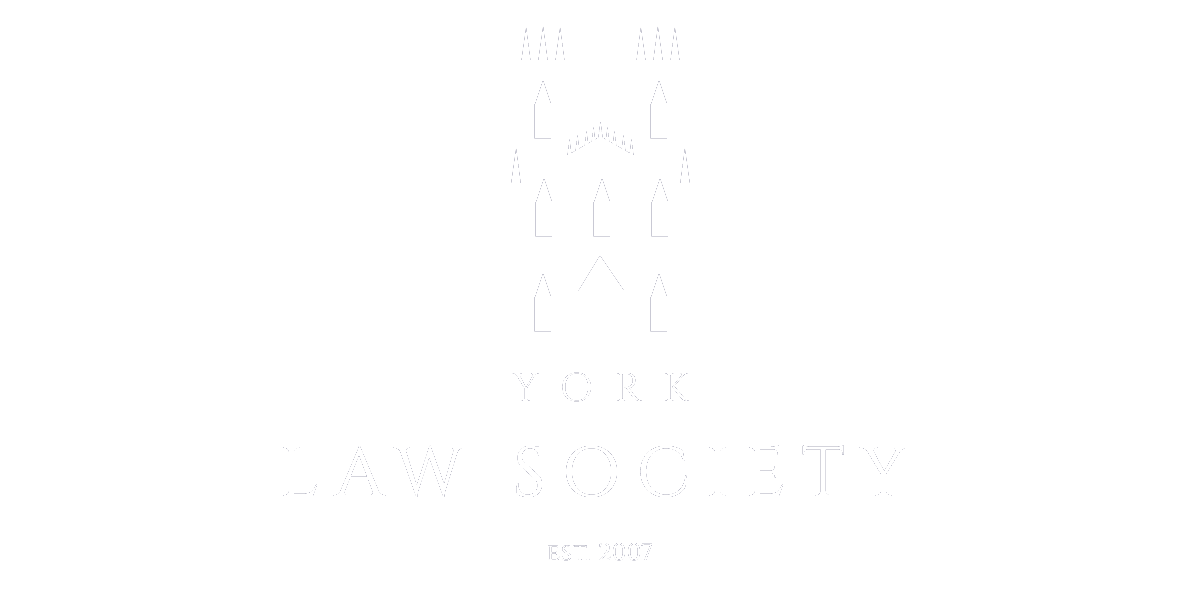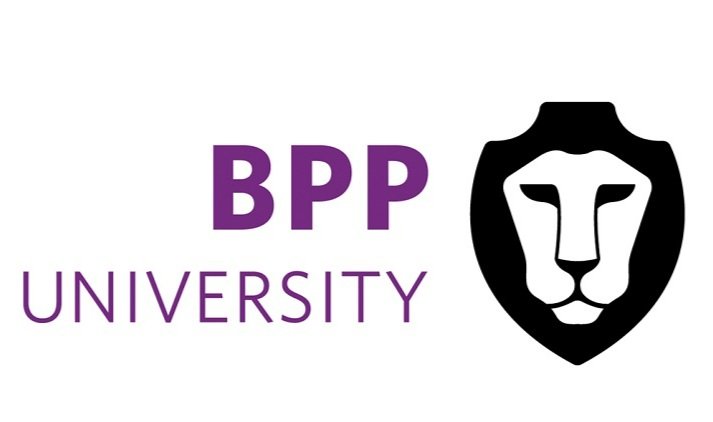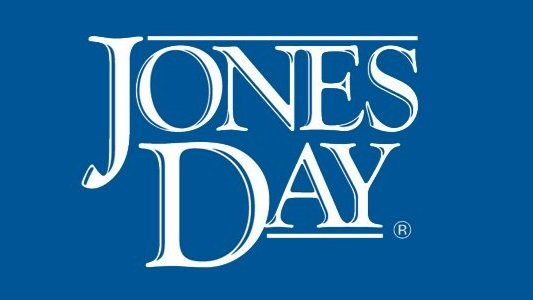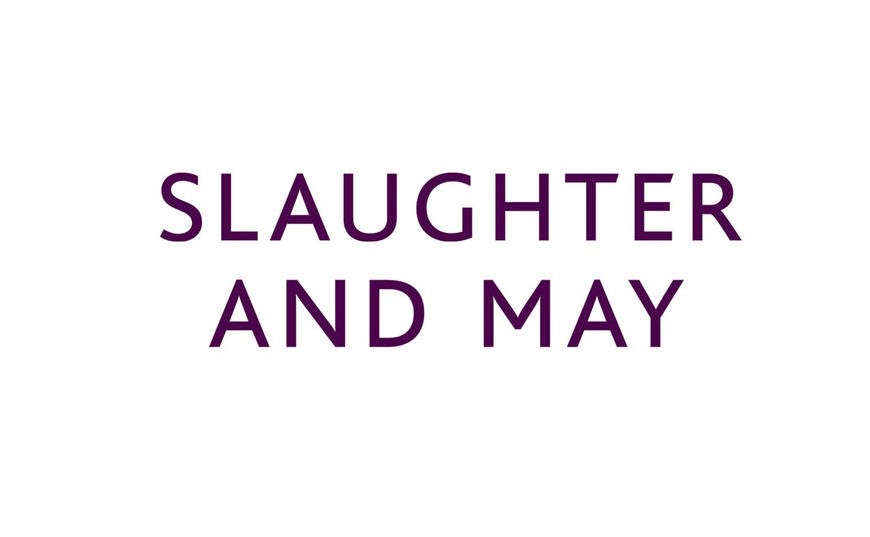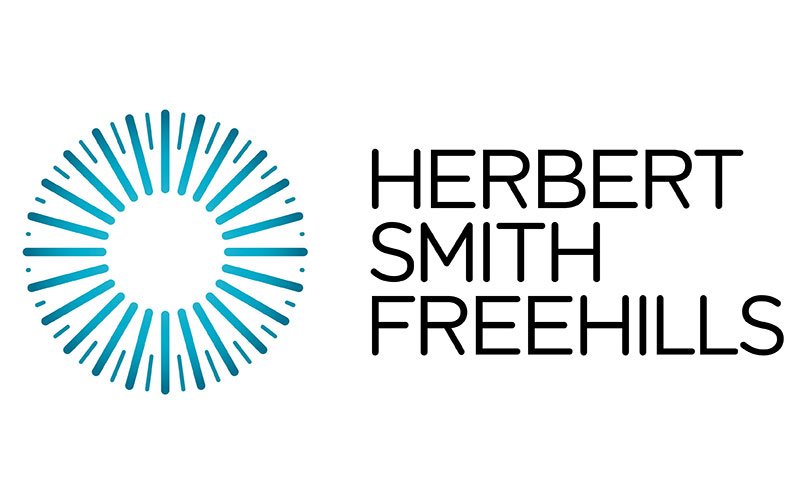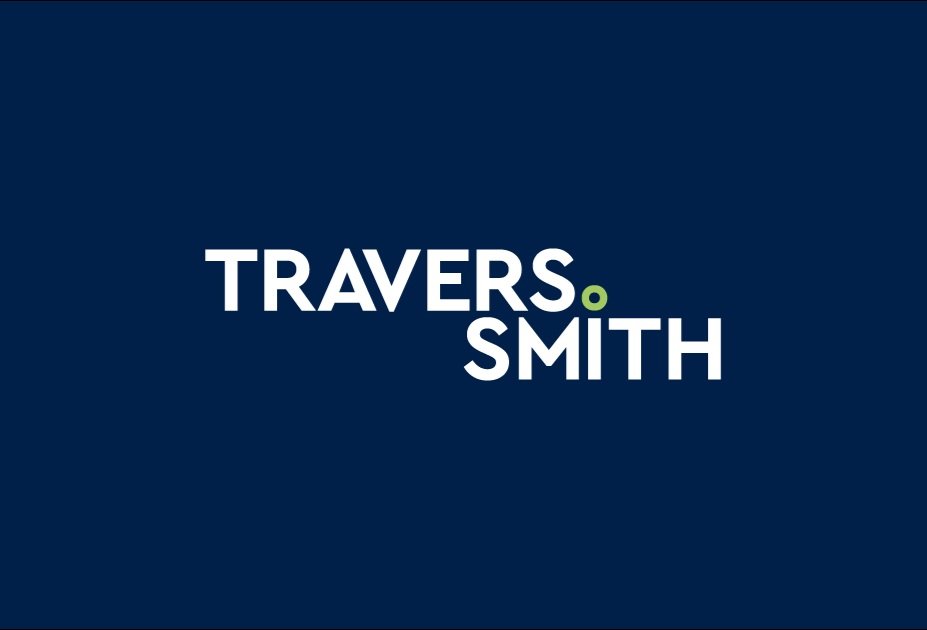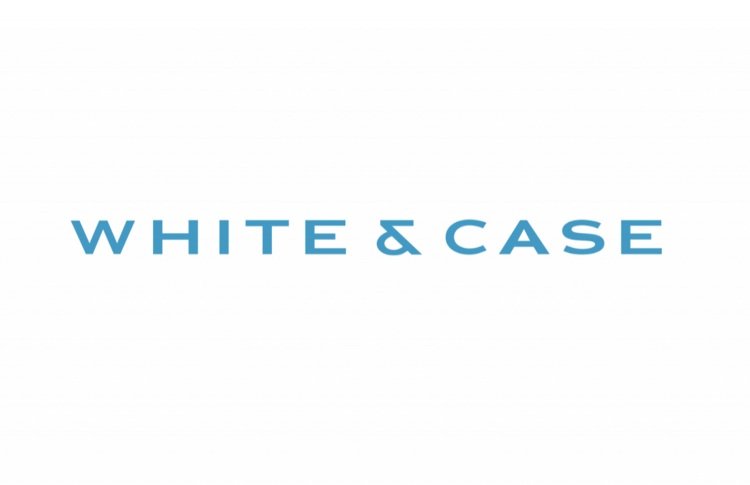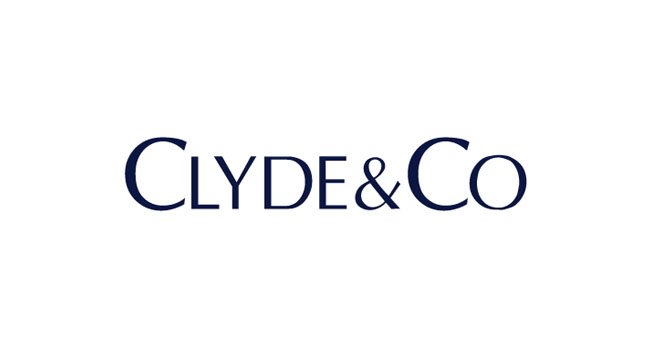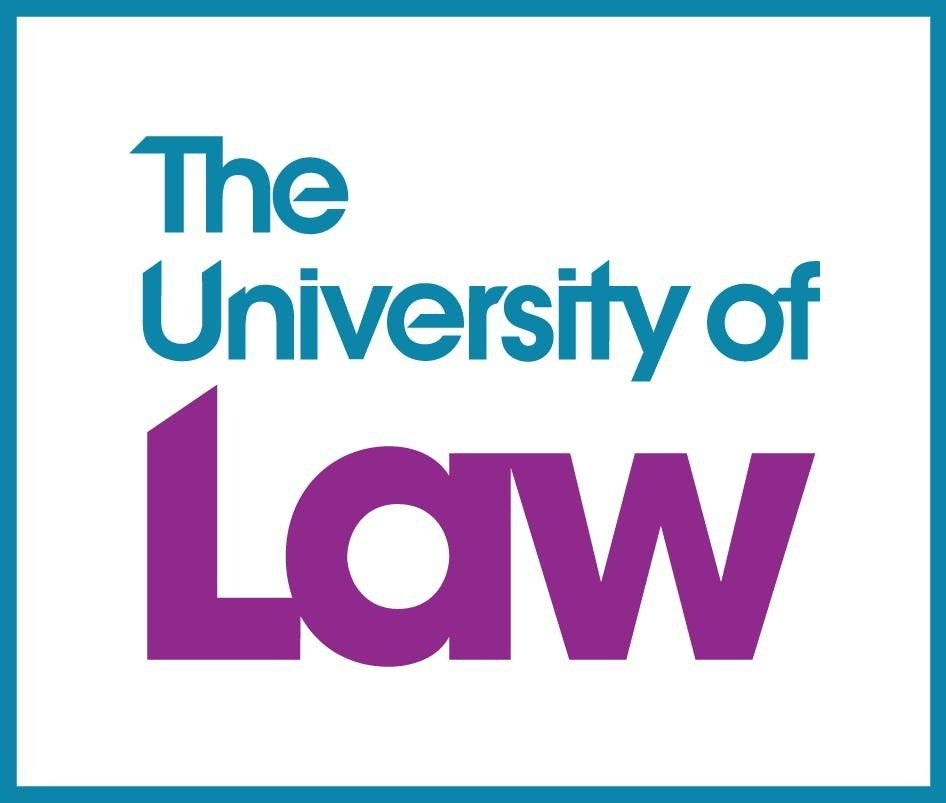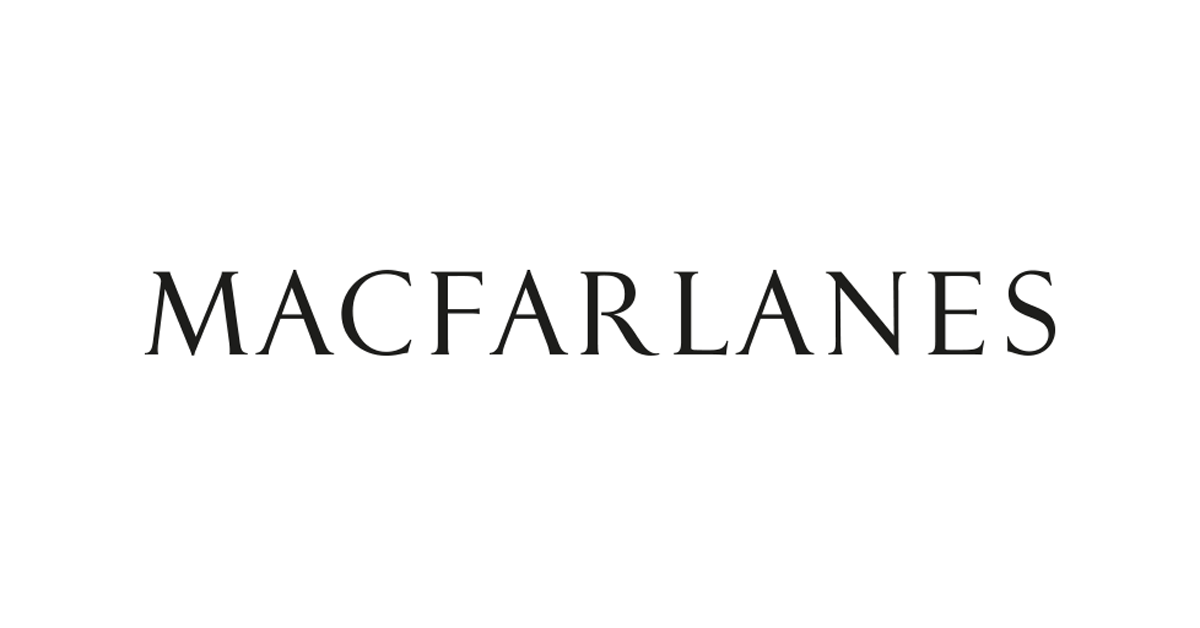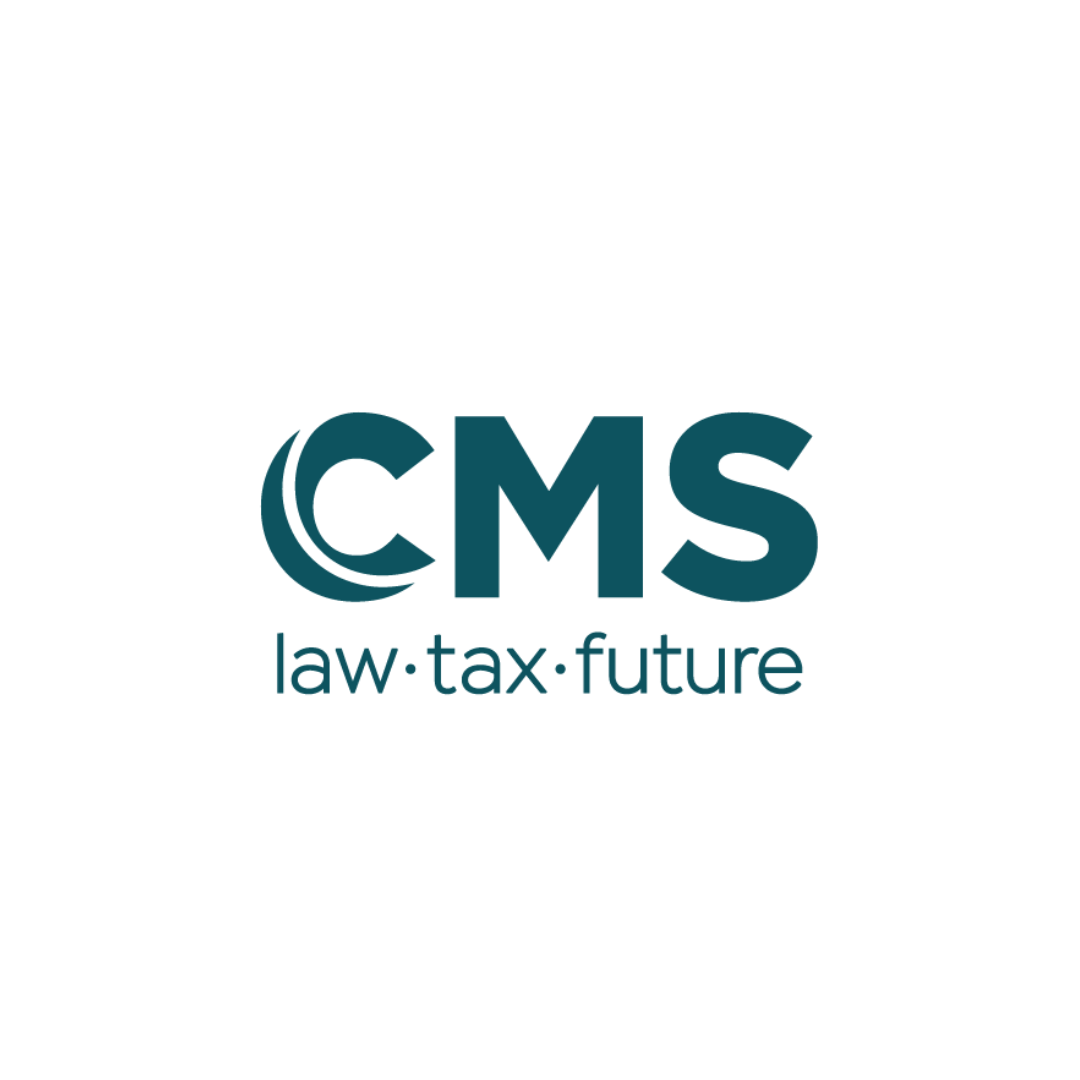Almost 50% of adults in the UK admit to watching porn, but how and to what extent is it regulated? [1] Traditionally, the UK has taken a different approach to regulating pornography compared to other democratic Western nations. In some ways, the approach taken can be regarded as more restrictive, prudent even, and in other ways more liberal. Especially during the 1980s, the former became more prevalent. While many continental countries took a very liberal approach, England and Wales only gradually loosened rules so that the distribution of hard-core pornographic video content was de facto legalised in 2000. This change rather than resulting from new legislation was brought about through revised policy by the BBFC [2], the body tasked with issuing age ratings for films under Video Recordings Act 1984. [3]
Some commentators have described the English and Welsh legal system as one free from active censorship. [4] And while this is true in some ways, there is equally a long-standing tradition of criminalising publications that are deemed to be obscene. The trial of Edmund Curll [5] in 1727 for the distribution of ‘Venus in the Cloister: or, The Nun in Her Smock’ set the precedent for a long line of cases that only truly started subsiding during the second half of the 20th century. [6]
One of the later such cases was R v Penguin Books Ltd [7], which arguably signalled the decline of obscenity laws in many respects, but also highlighted what could be described as a Foucauldian notion, of punishment as a tool to control sections of the public the elite might consider problematic. [8] The prosecution of obscene publications was often linked with the price and availability of the material in question. There are examples where the same piece of literature was found to be obscene when available to a wider public and acquitted where it was published in limited edition to the ‘literary class’. In R v Penguin Books Ltd, the prosecuting barrister famously asked the jury whether Lady Chatterley’s Lover was ‘a book that you would even wish your wife or your Servants to Read?’, fuelling a critique of English obscenity laws as a tool of controlling the proletariat. [9]
Of course, much has changed since the days when The Memoirs of a Woman of Pleasure and Lady Chatterley’s Lover were considered risqué. Not only in terms of social norms, but also technological advancement, particularly the internet has introduced new challenges. At present, the English and Welsh legal system takes a threefold approach to regulating pornography. There are offences criminalising the distribution of material deemed inappropriate, there are those that address possessions of such material, and there are laws relating to depictions of illegal activities. [10]
Firstly, the Obscene Publications Acts 1959 and 1964, [11] being the same pieces of legislation that formed the basis of R v Penguin Books Ltd and the Inside Linda Lovelace trials, are still in force. The 1964 Act in essence still uses the same test derived from R v Hicklin, in which Chief Justice Cockburn established the test of obscenity was to ask whether it would ‘deprave and corrupt those whose minds are open to such immoral influences, and into whose hands a publication of this sort may fall’. [12]
However, in addition to being rarely used today, the offence is arguably better suited to deal with traditional mediums such as books and perhaps certain kinds of graphic materials, but largely inadequate to deal with new forms of visual media. As a response to changing times, the law developed other means to appease growing concerns about online pornography. The first was the introduction of the Criminal Justice and Immigration Act 2008 [13] which established the offence of possession of extreme pornographic material in section 63. [14]
Thirdly, it should be borne in mind that the aforementioned legislation operates parallel to an existing framework of offences dealing with depictions of illegal acts. The Protection of Children Act 1978 [15] and Criminal Justice Act 1988 [16] criminalise the distribution of paedophilia, and sections 33 and 37 of the Criminal Justice and Courts Act 2015 [17] create offences in relation to revenge and rape porn. [18] Consequently, the offence under the Criminal Justice and Immigration Act 2008 [19] deals with depictions of acts that are not necessarily illegal but deemed subjectively immoral by jurors. However, individual perceptions of morality may vary depending on personal views beliefs, remonstrating the suitability of a subjective test. [20]
More recently, the Government proposed regulating the availability of online porn through age verification. Part 3 of the Digital Economy Act 2017 [21] was intended to prevent minors from accessing age-restricted content. However, the proposal was met with criticism and after much deliberation the Government decided not to implement the relevant sections despite passing both Houses of Parliament.
There appears to be little academic consensus on the nature of the effects of pornography consumption on adolescents, with some commentators noting positive impacts on sexual development [22] and others warning about the negative consequences. [23] Others focus on the inadequacy of the proposed scheme in terms of practicality, such as the possibility of circumventing the regulation using VPN and privacy issues arising from sharing private information online. [24] The Government has proposed a new piece of legislation in the Online Safety Bill 2021. [25] This will replace the proposed age verification scheme with imposing a duty of care on website providers, which would arguably bring the law back in line with the traditional approach endorsed in nineteenth-century obscenity laws seeking to punish already published material as opposed to filtering it out beforehand. [26]
Not everyone is happy with the new proposal, however, with pressure groups threatening legal action against the Government’s decision. [27] Obscenity laws have long clashed with rights and liberties such as the freedom of expression enshrined in Article 10 of the ECHR, however some of the measures devised to deal with internet pornography may raise additional concerns regarding the right to private life subject to Article 8. [28] Consequently, it remains to be seen whether Part 3 of the Digital Economy Act turns out to be a Damocletian sword looming above our heads.
[1] BBC, ‘Porn: The 'incredible' number of UK adults watching content’ (BBC, 11 June 2021) <https://www.bbc.co.uk/news/newsbeat-57428077#:~:text=Half%20of%20all%20UK%20adults,UK%20and%2016%25%20of%20women> accessed 24 January 2022.
[2] (British Board of Film Classification) see BBFC, ‘Timelines’ (The BBFC 24 July 2020) < https://www.bbfc.co.uk/education/timelines> accessed 27 January 2022.
[3] Video Recordings Act 1984, ss 4-6; BBFC, ‘Classification Guidelines’ (16 January 2019) <https://darkroom.bbfc.co.uk> accessed 24 January 2022; Oliver Carter, ‘Original Climax Films: historicizing the British hardcore pornography film business’ (2018) 5 Porn Studies 411, 411-425; David Lister, ‘Channel 5 boss demands explicit sex on television Senior television executive says UK lags behind Europe and predicts hardcore pornography will soon be seen on British screens’ (The Independent, 21 August 2000).
[4] 4 Bl Comm 151–152; Christopher Hillard, ‘“Is It a Book That You Would Even Wish Your Wife or Your Servants to Read?” Obscenity Law and the Politics of Reading in Modern England’ (2013) American Historical Review 653.
[5] Rex v Curll (1727) 17 How St Tr 154.
[6] Simon Stern, ‘Fanny Hill and the “Laws of Decency”: Investigating Obscenity in the Mid-Eighteenth Century’ (2019) 42 Eighteenth-Century Life 167-173; Hillard (n 4).
[7] R v Penguin Books Ltd [1961] Crim LR 176 .
[8] David Garland ‘Frameworks of inquiry in the sociology of punishment’ (1990) 41 The British Journal of Sociology 1, 1-15.
[9] Hillard (n 4).
[10] ibid; Jason Zenor, ‘Sins of the Flesh? Obscenity Law in the Era of Virtual Reality’ (2014) 19 Communication Law and Policy 563, 563-589; Paul Johnson, ‘Law, Morality and Disgust: The Regulation of ‘‘Extreme Pornography’’ in England and Wales’ (2010) 19 Social & Legal Studies 147, 147-163.
[11] Obscene Publications Act 1959; Obscene Publications Act 1964.
[12] R v Hicklin [1868] LR 3 QB 360 (QB) 371 (Cockburn CJ); Clarissa Smith ‘Policy, politics and porn’ (2018) 21 Sexualities 1351, 1351–1359.
[13] Criminal Justice and Immigration Act 2008, s 63.
[14] Zenor (n 10).
[15] Protection of Children Act 1978, s 1.
[16] Criminal Justice Act 1988, s 160.
[17] Criminal Justice and Courts Act 2015, ss 33, 36.
[18] Smith (n 12) 1352.
[19] Criminal Justice and Immigration Act 2008.
[20] Johnson (n 10) 147-163.
[21] Digital Economy Act 2017.
[22] Andrew Przybylski and Victoria Nash, ‘Internet Filtering and Adolescent Exposure to Online Sexual Material’ (2018) 21 Cyberpsychology Behaviour and Social Networking 405.
[23] See eg Kate Dawson and others, ‘Toward a Model of Porn Literacy: Core Concepts, Rationales, and Approaches’ (2020) 57 The Journal of Sex Research 1, 1-15.
[24] Pandora Blake, ‘Age verification for online porn: more harm than good?’ (2019) 6 Porn Studies 228, 228-237.
[25] Online Safety Bill, Minister of State for Digital and Culture (2021-05) CP 405.
[26] Secretary of State for Digital, Culture, Media & Sport and the Secretary of State for the Home Department, Online Harms White Paper: Full Government Response to the Consultation (White Paper, CP 354, 2020).
[27] Grant Harriet and Dan Milmo, ‘Campaigners threaten UK legal action over porn sites lack of age verification’ (The Guardian, 5 December 2021).
[28] Human Rights Act 1998, sch 1, arts 8, 10.
